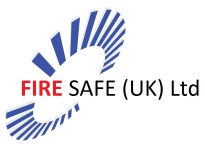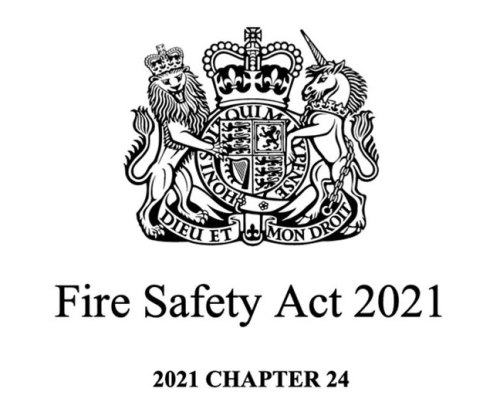What Is The Fire Safety Act 2021?
The Bill has been designed to ‘ensure that people feel safe in their
homes and a tragedy like the Grenfell Tower fire will never happen again.’
The changes that come with it mostly apply to multi-occupied,
residential buildings – any premises that comprise of anything other than a single dwelling. This means that a house converted into two flats needs a risk assessment and adequate fire safety measures
as well as a high-rise building with hundreds of apartments.
Now, the responsible person – such as the leaseholder – must ensure a
fire risk assessment is completed for the structure and the external walls, including the doors and windows within those walls, and attachments such as balconies, cladding and insulation. Action to
remove or negate the risks identified must then be taken.
Another area of clarification is the responsibility of entrance doors
to individual flats that open into communal areas; these now fall to the responsible person to ensure are fully compliant and maintained. The fire doors will need to have all the correct intumescent
and fire-rated hardware, as well as a risk assessment.
Additionally, the Fire Safety Act now makes enforcement action
against responsible persons – prosecution for instance – far easier by the fire service and Government. As such, risk assessments are your best defence as they enable you to not only ensure you’re
doing everything practically possible to prevent and protect against fire in the first place, but also to prove it.
When Do These Changes Come Into Effect?
Although the law was passed on the 29th of April 2021, it is unlikely that the Fire Safety Act will be bought
into force until the end of this year or the beginning of 2022 – the Government has yet to set a date. Once the date is announced, there will likely then be a grace period before the updated
legislation is enforced.
The new Fire Safety Order is also designed to make it easier for
additional legislation – such as those based on the recommendations made when the Grenfell Tower Inquiry concludes – to pass into law.
Of course, we recommend that responsible persons act now to ensure
their residential buildings are already compliant with the new legislation. You can do this by making sure you’re familiar with the materials used within the structure and external walls and their
fire prevention merits, as well as ensuring all risk assessments and maintenance is up to date.
Within your properties, you should make sure the doors between flats
and communal areas are fire doors, in good condition and kitted out with sufficient fire-rated and intumescent materials. These may include fire and smoke
seals around the door, intumescent letterboxes and fire-rated hinges, latches, and door viewers.
Contact an expert member of our team now for your Free, no obligation quotation.




